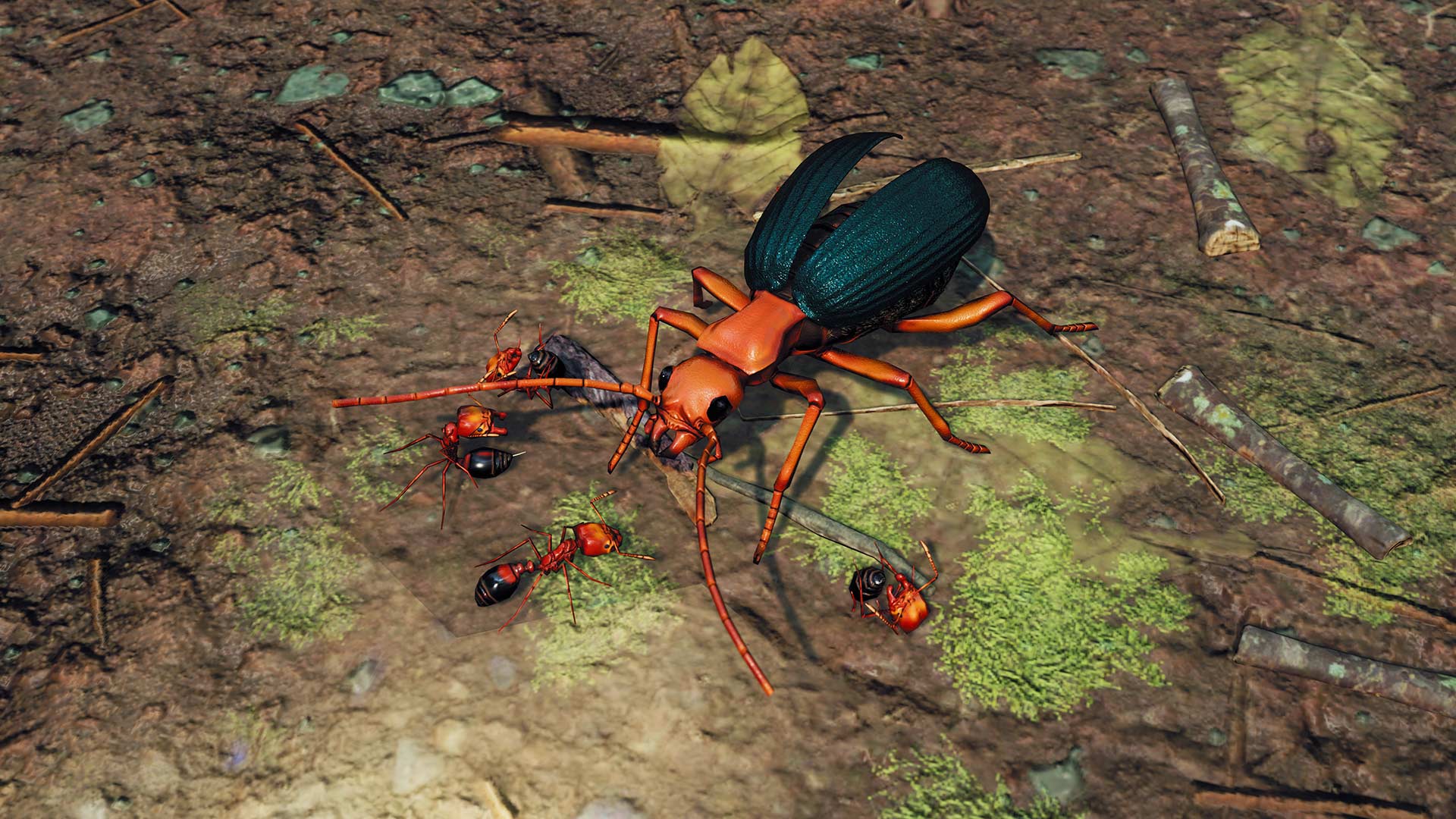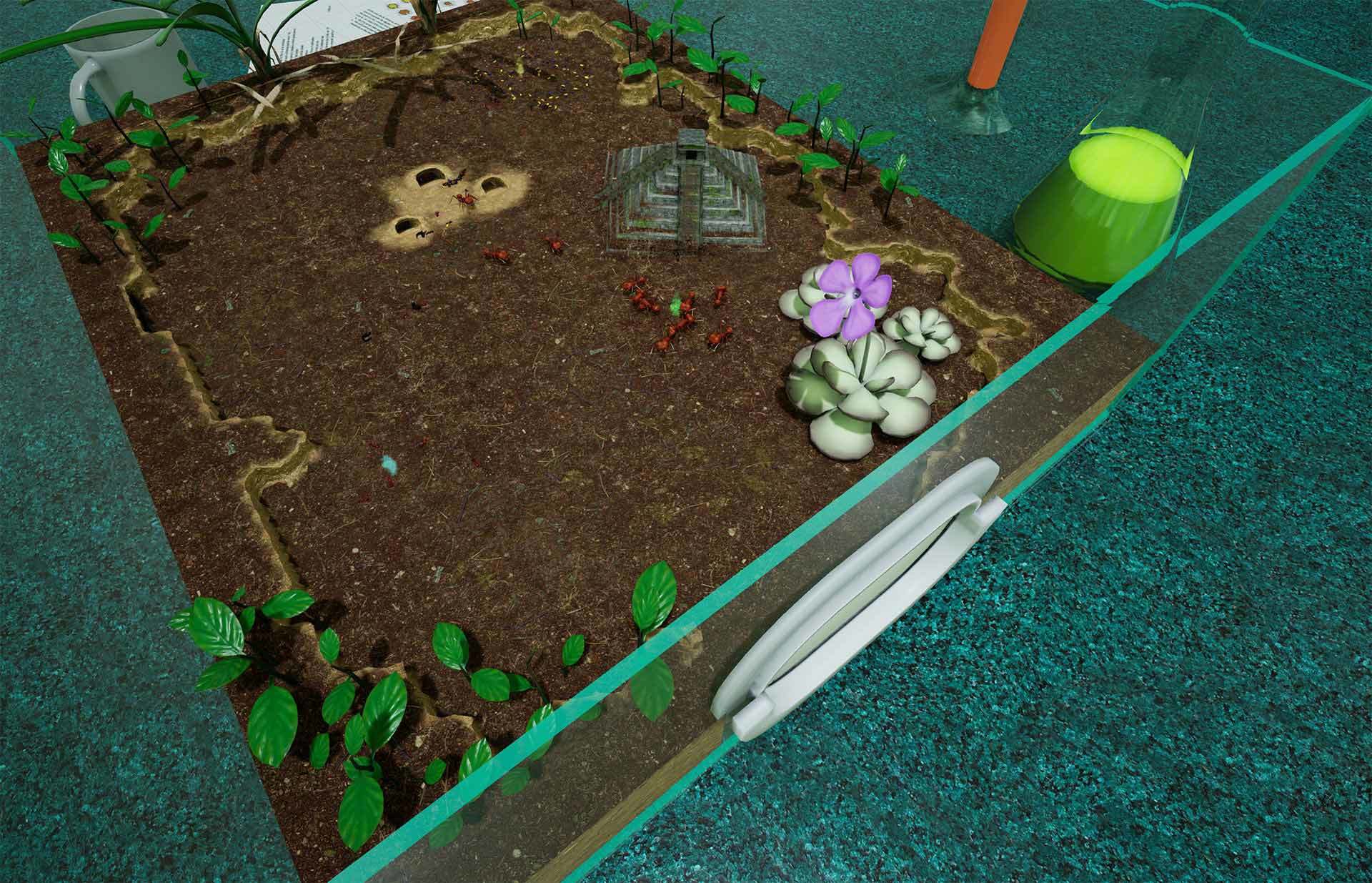
The streets of Mérida are rich in monuments, including the Temple of Diana, the municipal and provincial forums, Trajan's Arch and Mitra's House. Hydraulic infrastructures of note include the Los Milagros Aqueduct that carried water from Proserpina Reservoir to the city, the San Lazaro Aqueduct, rebuilt in the sixteenth century, and the sewage system with collectors and vaulted galleries for pipes that distributed water across the city. The Roman bridge, almost 800 m long, was the second longest in the Roman Empire. The Circus Maximus, practically the only one of its kind that can be still be seen in its entirety, was intended for chariot races. For over 50 years now, the two buildings are the venue of the summer Festival of Classical Theatre. Worthy of note are several large civil buildings, including the theatre and amphitheatre, connected by an impressive road. The town was built in the likeness of Rome, with a checkerboard layout. (Calculated according to the MIDE criteria for an average excursionist with a light load)įounded by Emperor Augustus, the city was intended as a retirement settlement for war veterans. Between 3 and 6 hours of continuous walking

Between 1 and 3 hours of continuous walking


The use of hands or jumping over the terrain is necessary Walking on stepped paths or irregular terrain The trail is interrupted by obstacles that have to be gone around Requires the identification of geographic features and cardinal points

There is a clearly marked trail and signage The route runs between the river and the road, which it can be accessed via dirt roads. The route not only approaches the river, but also the BA-089 that links the towns of Alange and Mérida, along which it continues until it reaches the latter. The Stage crosses the River Matachel two more times before it reaches the left bank of the Guadiana to continue downstream. The presence of mammals, including wild boar ( Sus scrofa), genet ( Genetta genetta), Egyptian mongoose ( Herpestes ichneumon), least weasel ( Mustela nivalis) and fox ( Vulpes vulpes), bears witness to the rich fauna of this area in terms of quantity and quality of different biotopes. The traveller will see junipers ( Juniperus oxycedrus) in the shady, higher reaches of the mountains, as well as cork oaks ( Quercus suber), and strawberry trees ( Arbutus unedo), different rockrose species ( Cistus sp.), holm oaks ( Quercus ilex), fields full of grain, and riparian vegetation, such as common reed ( Phragmites australis) and tamarisks ( Tamarix canariensis) which provide shade along the different rivers.


 0 kommentar(er)
0 kommentar(er)
